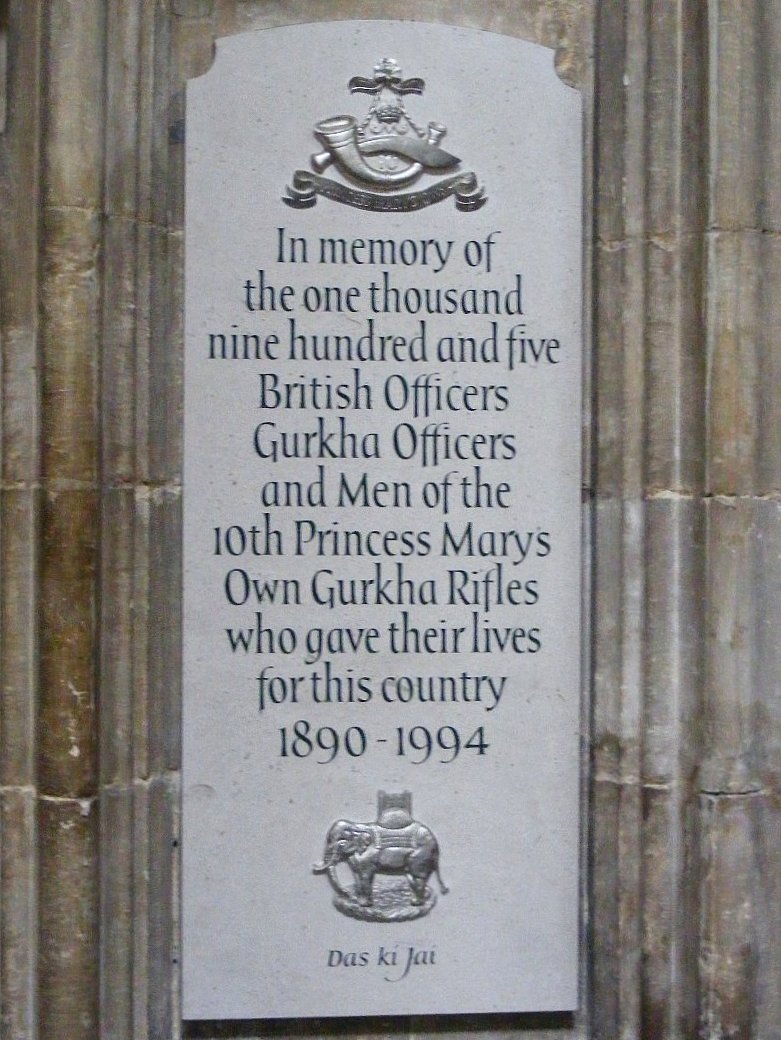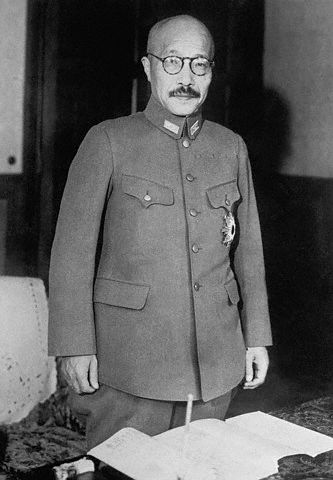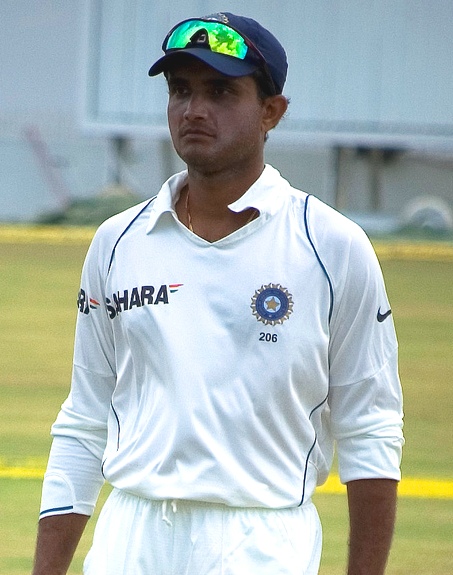|
Ralph Spitteler
Ralph Alexander Spitteler (16 November 1915 – 14 March 1946) was an English first-class cricketer and British Indian Army officer. The son of Charles and Daisy Spitteler, he was born in British India at Kannur in November 1915. He spent his youth living with his parents at the Yercaud hill station in Madras Presidency and later studied at the University of Madras. He played made his debut in first-class cricket for the Europeans cricket team against the Indians at Madras in January 1939 in the Madras Presidency Match, with him taking 9 wickets in the match, including a five wicket haul in the Indians second innings. A few weeks after this match, he played for the Madras cricket team in the Ranji Trophy against Bengal. He appeared in two further first-class matches for the Europeans against the Indians in January of 1940 and 1941, with Spitteler again impressing in the 1940 fixture with another five wicket haul. With his right-arm fast-medium bowling across four firs ... [...More Info...] [...Related Items...] OR: [Wikipedia] [Google] [Baidu] |
Kannur
Kannur (), formerly known in English as Cannanore, is a city and a municipal corporation in the state of Kerala, India. It is the administrative headquarters of the Kannur district and situated north of the major port city and commercial hub Kochi and south of the major port city and a commercial hub, Mangalore. During the period of British colonial rule in India, when Kannur was a part of the Malabar District (Madras Presidency), the city was known as Cannanore. Kannur is the sixth largest urban agglomeration in Kerala. As of 2011 census, Kannur Municipal Corporation, the local body which administers mainland area of city, had a population of 232,486. Kannur was the headquarters of Kolathunadu, one of the four most important dynasties on the Malabar Coast, along with the Zamorin of Calicut, Kingdom of Cochin and Kingdom of Quilon. The Arakkal kingdom had right over the city of Kannur and Laccadive Islands in the late medieval period. Kannur municipality was formed on 1 N ... [...More Info...] [...Related Items...] OR: [Wikipedia] [Google] [Baidu] |
Indians Cricket Team
The Indians cricket team was an Indian first-class cricket team which took part in the annual Madras Presidency Matches against the Europeans cricket team, commencing in December 1915. References Sources * Vasant Raiji, ''India's Hambledon Men'', Tyeby Press, 1986 * Mihir Bose, ''A History of Indian Cricket'', Andre-Deutsch, 1990 * Ramachandra Guha Ramachandra "Ram" Guha (born 29 April 1958) is an Indian historian, environmentalist, writer and public intellectual whose research interests include social, political, contemporary, environmental and cricket history, and the field of economics. ..., ''A Corner of a Foreign Field - An Indian History of a British Sport'', Picador, 2001 Indian first-class cricket teams {{India-cricket-team-stub ... [...More Info...] [...Related Items...] OR: [Wikipedia] [Google] [Baidu] |
Java
Java (; id, Jawa, ; jv, ꦗꦮ; su, ) is one of the Greater Sunda Islands in Indonesia. It is bordered by the Indian Ocean to the south and the Java Sea to the north. With a population of 151.6 million people, Java is the world's List of islands by population, most populous island, home to approximately 56% of the Demographics of Indonesia, Indonesian population. Indonesia's capital city, Jakarta, is on Java's northwestern coast. Many of the best known events in Indonesian history took place on Java. It was the centre of powerful Hindu-Buddhist empires, the Islamic sultanates, and the core of the colonial Dutch East Indies. Java was also the center of the History of Indonesia, Indonesian struggle for independence during the 1930s and 1940s. Java dominates Indonesia politically, economically and culturally. Four of Indonesia's eight UNESCO world heritage sites are located in Java: Ujung Kulon National Park, Borobudur Temple, Prambanan Temple, and Sangiran Early Man Site. ... [...More Info...] [...Related Items...] OR: [Wikipedia] [Google] [Baidu] |
Prisoner Of War
A prisoner of war (POW) is a person who is held captive by a belligerent power during or immediately after an armed conflict. The earliest recorded usage of the phrase "prisoner of war" dates back to 1610. Belligerents hold prisoners of war in custody for a range of legitimate and illegitimate reasons, such as isolating them from the enemy combatants still in the field (releasing and repatriating them in an orderly manner after hostilities), demonstrating military victory, punishing them, prosecuting them for war crimes, exploiting them for their labour, recruiting or even conscripting them as their own combatants, collecting military and political intelligence from them, or indoctrinating them in new political or religious beliefs. Ancient times For most of human history, depending on the culture of the victors, enemy fighters on the losing side in a battle who had surrendered and been taken as prisoners of war could expect to be either slaughtered or enslaved. Ear ... [...More Info...] [...Related Items...] OR: [Wikipedia] [Google] [Baidu] |
Lieutenant (British Army And Royal Marines)
Lieutenant (; Lt) is a junior officer rank in the British Army and Royal Marines. It ranks above second lieutenant and below captain and has a NATO ranking code of OF-1 and it is the senior subaltern rank. Unlike some armed forces which use first lieutenant, the British rank is simply lieutenant, with no ordinal attached. The rank is equivalent to that of a flying officer in the Royal Air Force (RAF). Although formerly considered senior to a Royal Navy (RN) sub-lieutenant, the British Army and Royal Navy ranks of lieutenant and sub-lieutenant are now considered to be of equivalent status. The Army rank of lieutenant has always been junior to the Navy's rank of lieutenant. Usage In the 21st-century British Army, the rank is ordinarily held for up to three years. A typical appointment for a lieutenant might be the command of a platoon or troop of approximately thirty soldiers. Before 1871, when the whole British Army switched to using the current rank of "lieutenant", the Roy ... [...More Info...] [...Related Items...] OR: [Wikipedia] [Google] [Baidu] |
10th Princess Mary's Own Gurkha Rifles
The 10th Princess Mary's Own Gurkha Rifles, (abbreviated to 10 GR), was originally a rifle regiment of the British Indian Army. The regiment was formed in 1890, taking its lineage from a police unit and over the course of its existence it had a number of changes in designation and composition. It took part in a number of campaigns on the Indian frontiers during the 19th and early 20th centuries, before fighting in the First World War, the Third Anglo-Afghan War and the Second World War. Following India's independence in 1947, the regiment was one of four Gurkha regiments to be transferred to the British Army. In the 1960s it was active in the Malayan Emergency and Indonesian Confrontation. It was amalgamated with the other three British Gurkha regiments to form the Royal Gurkha Rifles in 1994. History Early history At the end of the Third Burmese War in 1887, it was decided to withdraw the regular army battalions and replace them with a freshly recruited military police for ... [...More Info...] [...Related Items...] OR: [Wikipedia] [Google] [Baidu] |
Japanese Declaration Of War On The United States And The British Empire
The Imperial edict of declaration of war by the Empire of Japan on the United States and the British Empire (s:ja:米國及英國ニ對スル宣戰ノ詔書, 米國及英國ニ對スル宣戰ノ詔書) was published on December 8, 1941 (Japan time; December 7 in the United States), 7.5 hours after Japanese forces started attack on Pearl Harbor, an attack on the United States naval base at Pearl Harbor and attacks on British forces in Battle of Malaya, Malaya, Bombing of Singapore (1941), Singapore, and Battle of Hong Kong, Hong Kong. The declaration of war was printed on the front page of all Japanese newspapers' evening editions on December 8. The document was subsequently printed again on the eighth day of each month throughout the war (until Japan surrendered in 1945), to re-affirm the resolve for the war. Text of the document Below is the text to the declaration of the war with the boldened texts released in the name of the Emperor of Japan: Historical context The docu ... [...More Info...] [...Related Items...] OR: [Wikipedia] [Google] [Baidu] |
Bowling Average
In cricket, a player's bowling average is the number of runs they have conceded per wicket taken. The lower the bowling average is, the better the bowler is performing. It is one of a number of statistics used to compare bowlers, commonly used alongside the economy rate and the strike rate to judge the overall performance of a bowler. When a bowler has taken only a small number of wickets, their bowling average can be artificially high or low, and unstable, with further wickets taken or runs conceded resulting in large changes to their bowling average. Due to this, qualification restrictions are generally applied when determining which players have the best bowling averages. After applying these criteria, George Lohmann holds the record for the lowest average in Test cricket, having claimed 112 wickets at an average of 10.75 runs per wicket. Calculation A cricketer's bowling average is calculated by dividing the numbers of runs they have conceded by the number of wickets t ... [...More Info...] [...Related Items...] OR: [Wikipedia] [Google] [Baidu] |
Bengal Cricket Team
The Bengal cricket team represents the Indian state of West Bengal in domestic first-class cricket. It is considered Eastern India's strongest cricket team. The team plays its home matches at the historic Eden Gardens in Kolkata. Bengal has won two Ranji Trophy victories and has been runner-up a total of 12 times. Bengal won the Vijay Hazare Trophy, also known as the Ranji One Day Trophy, in 2012. Under the captaincy of Sourav Ganguly, it beat Mumbai in the finals at the Feroz Shah Kotla Ground, Delhi on 12 March 2012. Competition history Bengal's first success came in the third Ranji Trophy season (1936/37), in which it came runners-up to Nawanagar. Two years later it beat Southern Punjab in the final of the Ranji Trophy to become the 4th team to hold the title. For the next 51 years, although it had been runner-up 11 times (including the year before), it did not regain the title until it beat a strong Delhi team in the 1990 final. The team was runner-up twice consecutively ... [...More Info...] [...Related Items...] OR: [Wikipedia] [Google] [Baidu] |




